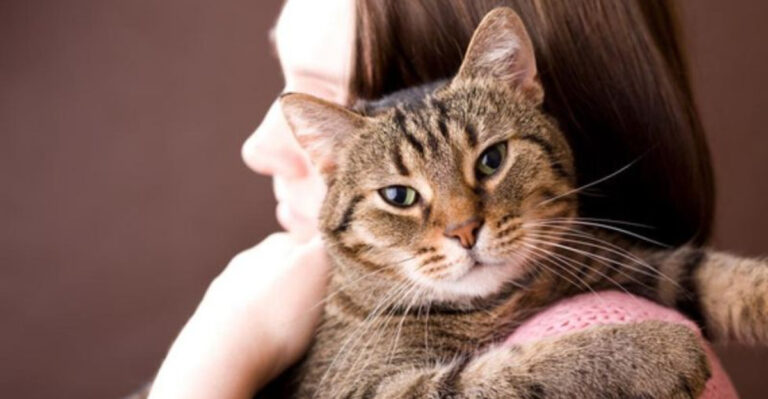10 Mistakes That Make Cats Aggressive (And 5 Training Tips That Build Gentleness)

Ever wondered why your fluffy companion suddenly transforms into a hissing, scratching ball of fury? Behind those sharp claws and warning growls often lies human behavior that unintentionally triggers aggression.
Understanding what pushes your cat’s buttons – and learning gentle training alternatives – can transform your relationship from cautious to cuddly.
1. Forcing Physical Affection
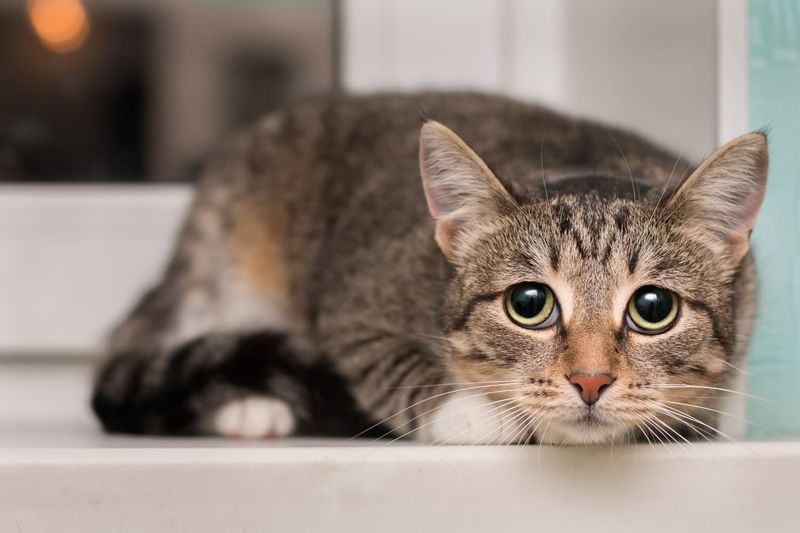
Cats have personal space boundaries that put teenagers to shame. Grabbing, hugging, or petting when they’re not in the mood sends their stress levels soaring.
Respect their body language – flattened ears, twitching tails, and dilated pupils are not-so-subtle hints to back off. Your patience will eventually earn their voluntary cuddles.
2. Punishing Normal Feline Behavior

Scratching furniture isn’t your cat’s revenge plot – it’s instinctual territory marking and claw maintenance. Yelling or spraying water when they follow natural instincts creates fear and defensive aggression.
Rather than punishment, redirect these behaviors to appropriate outlets like scratching posts or climbing trees.
3. Rough Play With Hands
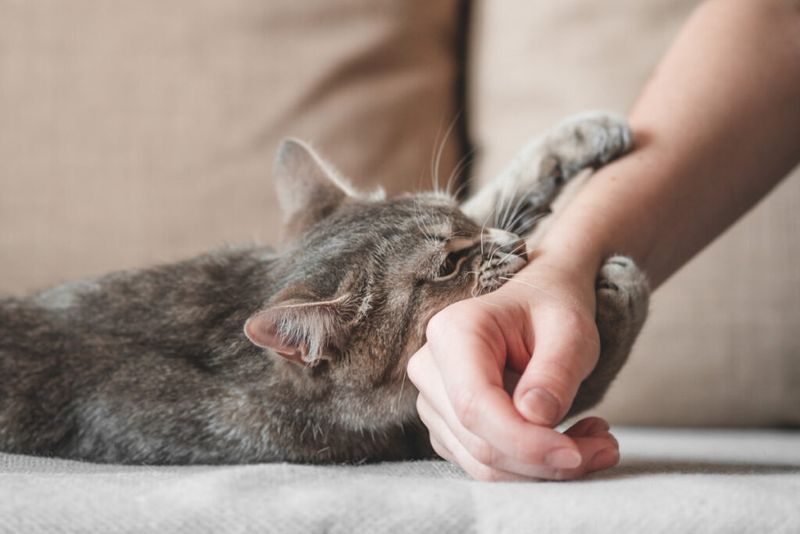
Those adorable kitten attacks on wiggling fingers create a lifetime habit of seeing hands as prey. Fast-forward months later, and those playful nips become painful bites on unsuspecting visitors.
Your hands should represent safety and gentle pets, not wrestling opponents. Switch to wand toys that keep teeth and claws at a safe distance.
4. Ignoring Pain Signals
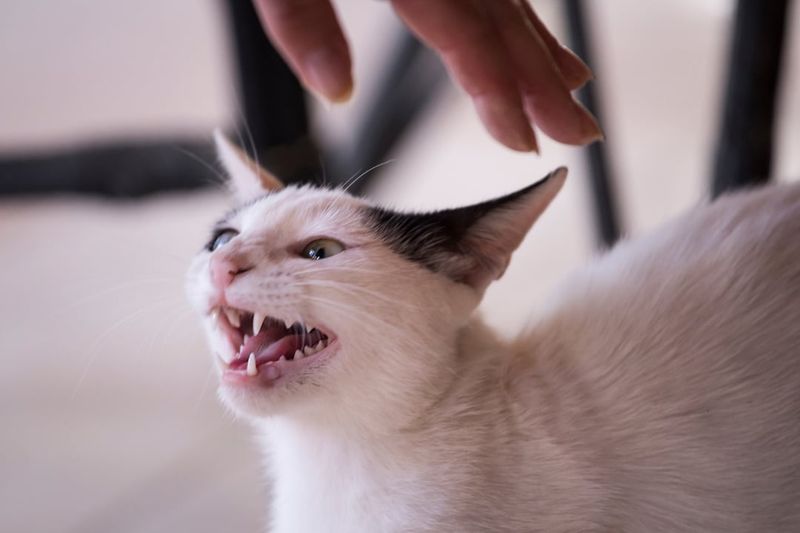
That sudden swipe when touching certain spots might not be attitude – it could be pain. Cats instinctively hide discomfort, but aggression often surfaces when sore spots are touched.
Watch for subtle clues: flinching, unusual sensitivity, or behavior changes. A vet check could reveal dental issues, arthritis, or injuries causing their defensive reactions.
5. Overcrowded Living Spaces
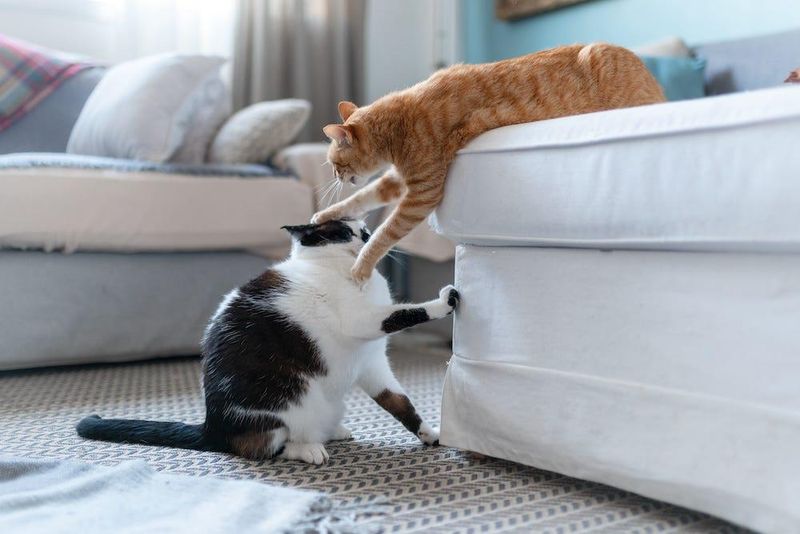
Imagine sharing your bathroom with three roommates who never knock – that’s how cats feel in crowded homes. Resource competition creates tension, especially when litter boxes, food bowls, or resting spots are limited.
The magic formula? One more resource than cats. Three cats need four litter boxes, feeding stations, and multiple elevated retreats.
6. Disrupting Their Routines

Cats are furry creatures of habit who find comfort in predictability. Sudden changes – rearranged furniture, new pets, or schedule disruptions – can trigger anxiety-based aggression as their secure world feels threatened.
Introduce changes gradually whenever possible. Even moving their food bowl deserves a slow transition rather than an overnight surprise.
7. Skipping Playtime Sessions

Built-up energy transforms your elegant housecat into a furry tornado of teeth and claws. Indoor cats especially need regular play sessions to satisfy their hunting instincts and burn off steam.
Without these outlets, that predatory energy redirects toward ankles, other pets, or frantic 3 AM zoomies. Daily play prevents this frustration-based aggression.
8. Missing Socialization Windows
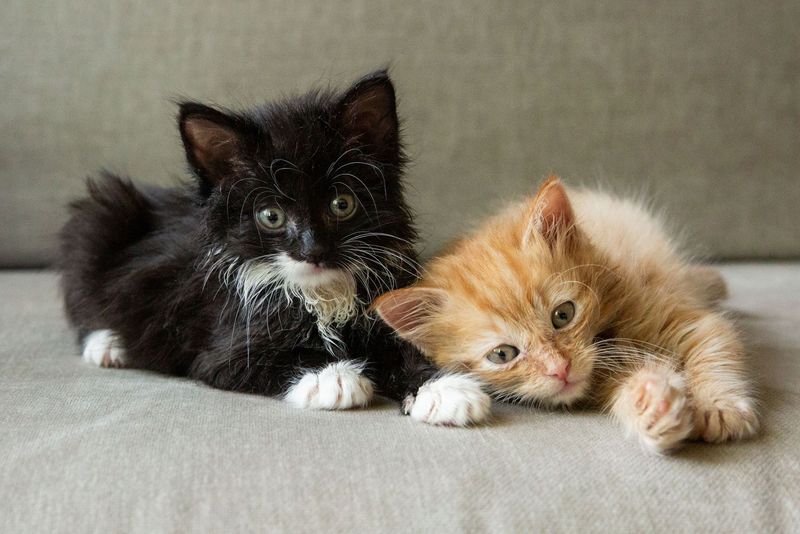
Kittens develop crucial social skills between 2-7 weeks of age. Those missing positive human interactions during this golden window often grow into fearful adults who react with aggression when approached.
Early-socialized cats learn humans bring good things, not threats. For under-socialized adult rescues, patience and consistent positive associations can still work wonders.
9. Creating Stressful Environments

Loud noises, unpredictable visitors, and chaotic households are feline nightmares. Their sensitive hearing and territorial nature make constant disruptions feel like living in a war zone. Aggression becomes their defense mechanism against perceived threats.
Creating quiet zones with hiding spots allows them to escape overwhelming situations rather than fighting back.
10. Misinterpreting Play Signals As Aggression
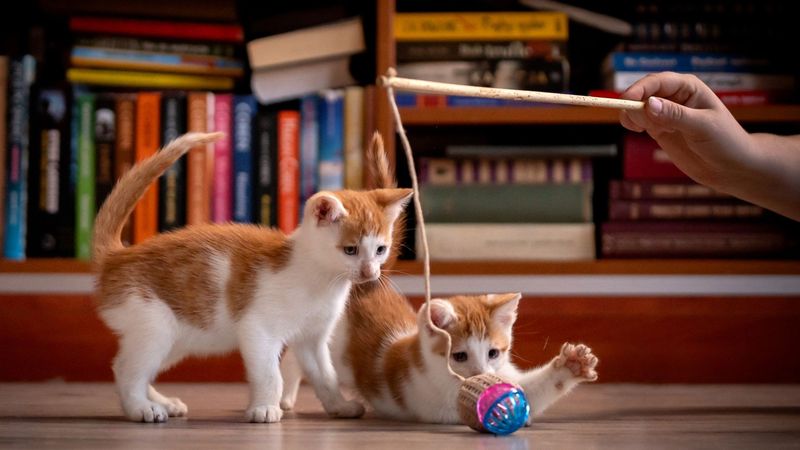
That sideways hop with puffed tail might look threatening, but it’s actually an invitation to play! Misreading these signals leads to unnecessary corrections or avoidance when your cat is simply saying “let’s have fun!”
Learning to distinguish between play behaviors and true aggression helps you respond appropriately. Playful cats have relaxed ears and take turns in the chase.
11. Training Tip: Clicker Conditioning For Gentle Behavior

The humble clicker becomes magical in feline training. This small device creates a distinct sound that precisely marks the moment your cat does something right, followed immediately by a treat.
Click during calm interactions, gentle paw touches, or relaxed handling. Soon your cat connects gentleness with rewards, building a foundation of soft responses even in stimulating situations.
12. Training Tip: The Power Of Predictable Handling

Surprise touches often trigger defensive reactions. Establishing a handling routine where you always approach from visible angles and start with the same greeting ritual builds trust. Begin sessions with gentle chin scratches before moving to less preferred areas. This predictable progression teaches cats that handling follows a safe, consistent pattern they can anticipate.
13. Training Tip: Target Training For Focus

A simple stick with a small ball end becomes your secret weapon against aggression. Teaching cats to touch this target with their nose redirects focus away from triggers and toward positive interaction.
Start in calm settings, then gradually introduce the target during mild stress moments. This mental shift interrupts the escalation from irritation to aggression.
14. Training Tip: Strategic Retreat Options
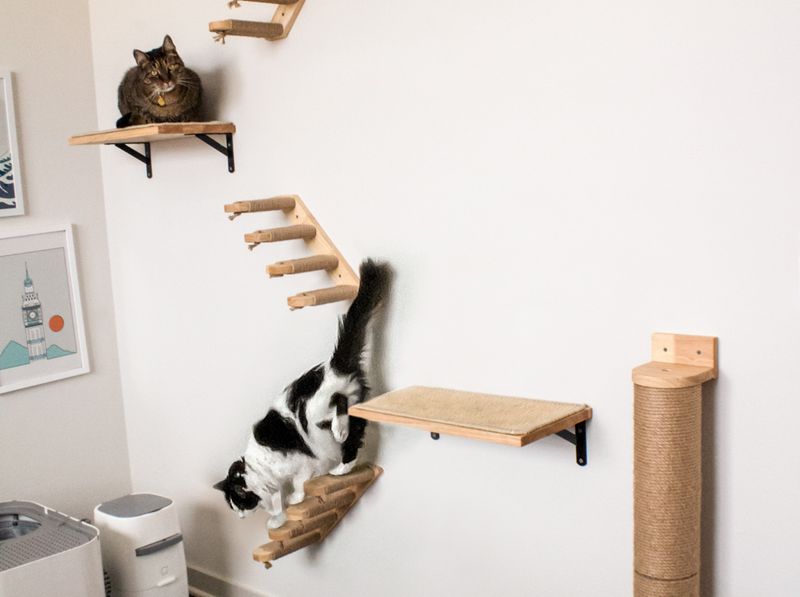
Freedom to leave uncomfortable situations prevents defensive aggression. Cat trees, shelves, and designated “timeout spots” give your feline escape routes when they feel overwhelmed. Teach children and guests to respect these safe zones as off-limits.
When cats learn they can retreat instead of fight, aggressive responses dramatically decrease.
15. Training Tip: Scent-Association Calming

Your cat’s powerful nose offers a direct path to their emotional state. Synthetic feline facial pheromones mimic the natural cheek-rubbing compounds that signal safety and territorial comfort. Diffusers or sprays in trigger areas create an invisible calm zone.
Pairing these scents with gentle interactions builds a powerful association between human contact and relaxation.





